Phone: (+1) 818 504 9602
Need help or have a question?
Contact us at:
Every year California’s landscape undergoes a miraculous transformation known as the Superbloom, a vibrant tapestry of wildflowers burst from formerly arid lands. This natural phenomenon attracts visitors from all over eager to witness valleys and rolling hills of colored flowers such as California poppies, desert dandelions, red Larkspur, red maids, Lillie variations, and much more. While you can usually witness this spectacle all the way through June or July in certain areas, peak blooming season happens in April. Which is why we have created this explainer on where best to and how to see this blooming spectacle of nature.
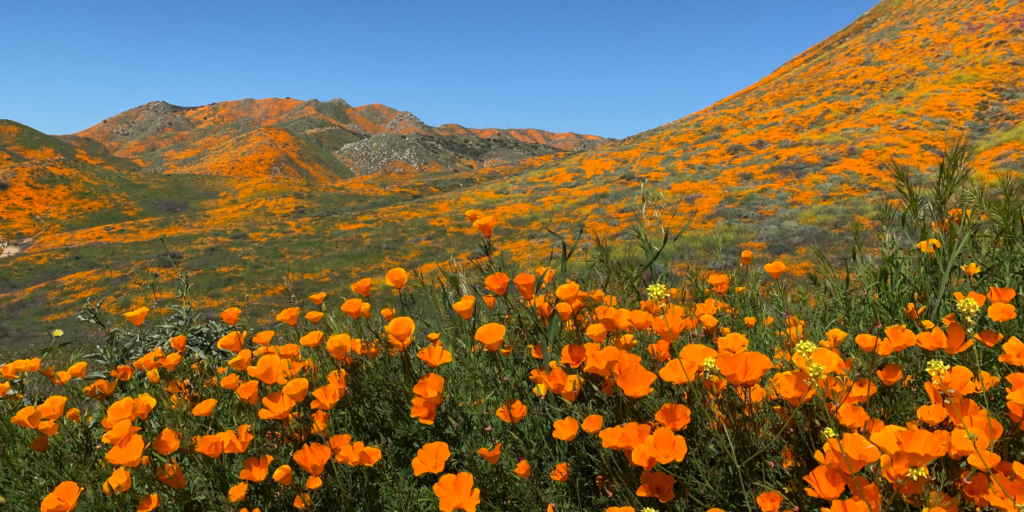
Wondering where to experience the most eye-catching wildflowers blooms in California? Luckily the Superbloom can be enjoyed at various locations throughout the state but for this article we want to focus in Southern California, notable spots include:
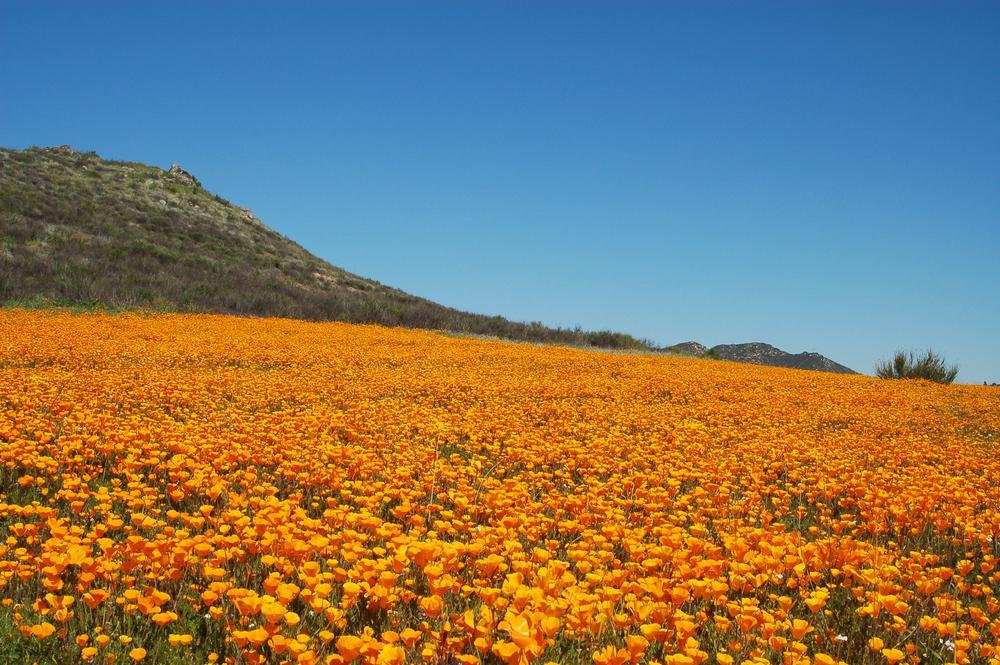
Known for its palm-dotted avenues, Murrieta offers a canvas of wildflowers come spring. The blends of seasonal rains, gentle breezes, and the area’s natural flora orchestrates a spectacular display of primroses, verbenas, poppies, desert lilies, and a multitude of other colorful blooms. For those wanting to experience this natural spectacle at its most vivid plan your visit for early April although May also offers splendid views.

Wildflowers in Joshua Tree are one of this national park’s most beautiful but rare sights. With the right conditions, each spring the desert park is adorned with reds, orange, yellows, purples, and blues as the superbloom season begins. Given the harsh nature of the desert, the blooms appear only when conditions are favorable for their survival. After rainy winters, wildflowers at the state park flourish for a few weeks in spring—just long enough to produce seeds for the next generation. Seeds then bloom into breathtaking hedgehog cactus, sand verbena, purple mat, ocotillo, and sand blazing star.

Located just an hour and a half from Los Angeles, this state-protected reserve is basically a shrine to the California poppy. Filled with 8 miles of trails, the California poppy superbloom carpets the area with kaleidoscope of floral hues. From mid-March to May, this park expects a variety of wildflowers to bloom. Poppies, fiddleneck, and red stem filaree have sprouted throughout the Poppy Reserve in large, dense quantities. Live updates from this park are available through the PoppyCam live feed.

It goes without saying that most sensational displays of wildflowers in the Golden State are found in the desert. A chart-topper among stargazing destinations, Anza-Borrego Desert State Park is home to some weird desert art, undulating vistas, and mind-blowing super blooms. Every summer, the landscape becomes electrified with colors, as wildflowers, cacti, and lush bushes come into bloom. Hike the Cactus Loop, Hellhole Canyon, and the Borrego Palm Canyon Trails to witness unmatched floral displays.

Some of the most impressive Southern California super blooms are found in Chino Hills State Park. Much like Antelope Valley, this area hits you with poppy fields that look like visions straight out of a dream. The poppy season typically lasts from February to September. The best wildflower viewing experience takes place along Bane Canyon Road, to get a closer look, visitors can hike on Bane Ridge Trail. For more information on the current status of the bloom, make sure to follow the park on: Facebook and Instagram.

Drive an hour from L.A. to Lake Elsinore to see an unbelievably epic bloom at Walker Canyon. The orange poppy-covered mountains result in a spectacular scene that you can’t help but fall in love with. Just about everything—including freeway dividers and shoulders—is filled with patches of orange poppies, bright purple ice plant flowers, and yellow hillside daisies. When you want to see super blooms near San Diego, head to Walker Canyon in Lake Elsinore and prepare to feast your eyes on that first glimpse of fiery orange.

While many people visit Point Dume for its white sand beaches, it’s the super blooms that make us want to go there. Blankets of coreopsis, bush flowers, and California poppies carpet the headlands each spring. Spectacular vistas of the Pacific are always the bonus at Point Dume—coastal hikes are worth the trek, even if they’re uphill. Keep an eye out for sand verbenas, morning glory, and evening primrose.
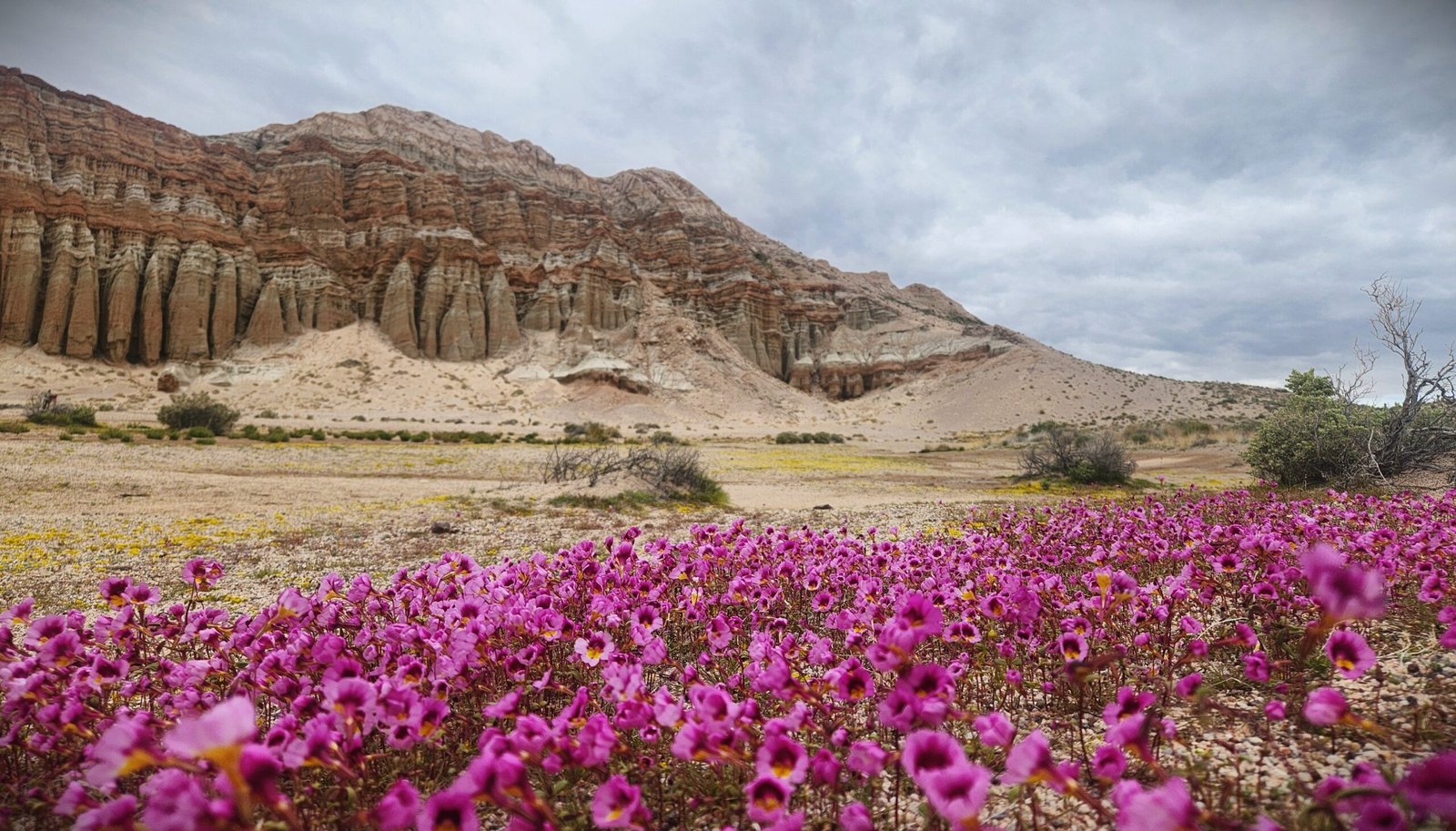
Wildflowers are starting to bloom in the Western Mojave Desert. From mid-March to May, this park expects a variety of wildflowers to bloom. Desert dandelions, goldfields, lacy phacelia, chia, yellow desert primrose, and Indian paintbrush have sprouted in Hagen Canyon and along the Desert View and Ricardo trails in clusters of vibrant colors. If the weather remains mild, the bloom is expected to be good this year. If the weather turns hot, this could affect the bloom in the next few weeks. Make sure to follow the park’s Facebook and Instagram for park updates.
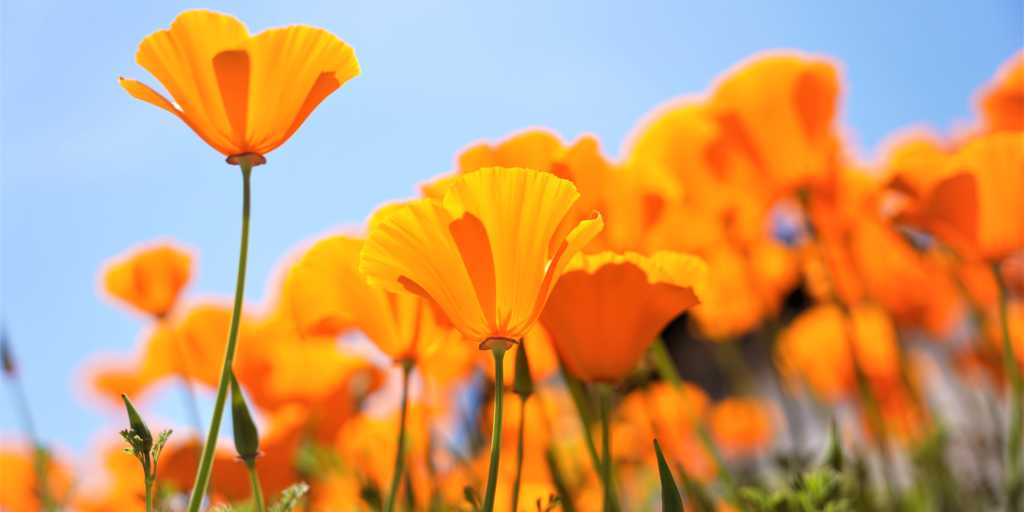
Before setting out on your Superbloom adventure, keep the following in mind:
Superblooms don’t occur annually, they are a rare phenomenon that usually happen only once every 10 to 15 years. However, the past three super blooms in California blossomed to fruition in 2017, 2019, and 2023. Typically, super-bloom season occurs roughly from February through May (the same time wildflower season would normally happen), often peaking in mid-March. However, super-bloom timing often varies by region. The best time to visit in Los Angeles County is typically from late March through May, and the Mojave Desert is between April and May depending on the location.
Sorry Public Transit lovers, the only way to see this phenomenon is by car. Driving is the most convenient way to reach most of not all ofthese areas. If flying in, consider renting a car rather than rely on ride-hailing services. The best viewing areas are relatively far from major cities, and you don’t want to get stranded at a park with no way back. Also, cruising by flowering fields is more fun when you’re free to stop and snap photos wherever you want. Your best bet is to pick up and drop off your rental car at whatever airport you fly into.
Individuals can damage current or future superblooms by not being safe or respectful in their environment. So as a general rule don’t pick the wildflowers or disturb the natural surrounds. It goes without saying that visitors should remain on trails, take their trash with them, and not pick any wildflowers. In 2019, so many people visited remote areas of California that the event was dubbed the “Super Bloom Apocalypse” and Lake Elsinore had to preemptively ban travelers from visiting during wildflower season in 2023 by blocking off the canyon where the poppies grow and nearby parking areas. In order to make sure everyone has the best superbloom experience make sure to follow these rules:
1) Stay on Trails
2) Do not pick flowers
3) Adhere to regulations, closures and guidelines set by land managers.
4) Comply with all traffic and safety regulations.
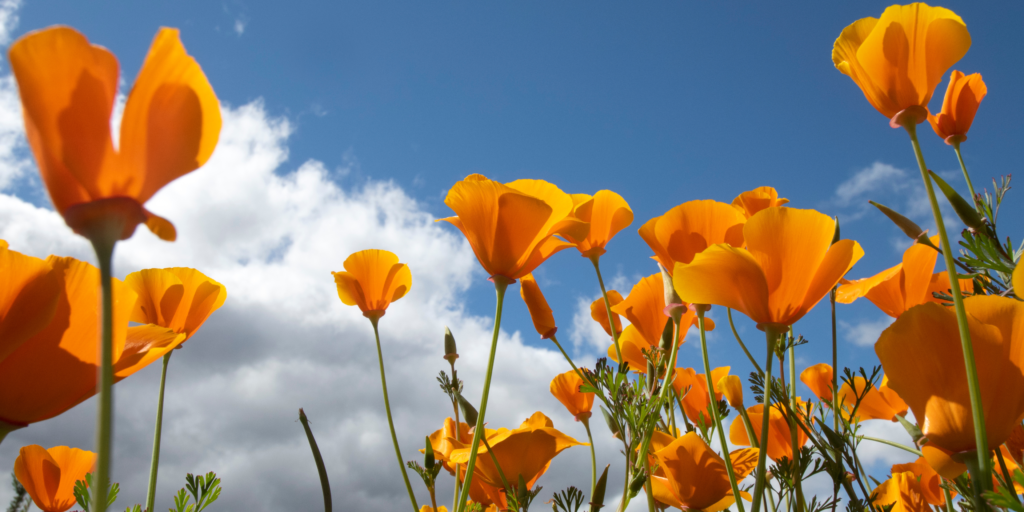
To plan your visit, check out the California Department of Parks and Recreation website for a full list of prime viewing locations. Additionally, you can use maps provided by resources like The Chronicle to find the most recent wildflower sightings.
The California Superbloom is a must-see event that showcases the resilience and beauty of nature. It’s a reminder of the wonders that await when we take a moment to stop and admire the world around us. For more detailed information and to help plan your visit, explore the links provided throughout this article.
Remember, the Superbloom is not just a feast for the eyes but a delicate ecological event that requires our respect and care. Enjoy the blooms, but leave no trace, ensuring that this natural wonder continues for years to come.
by Lilian C. Alger
